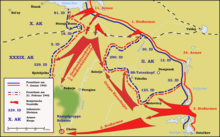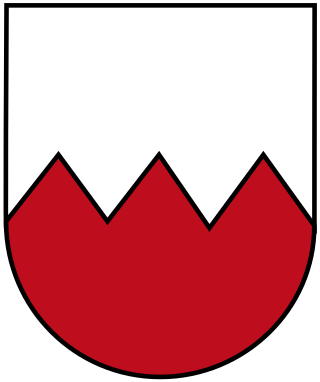
The German 73rd Infantry Division or in German 73. Infanterie-Division was a German military unit which served during World War II. The division consisted of more than 10,000 soldiers, primarily of the infantry branch, with supporting artillery. The division was only semi-motorized and relied on marching for the infantry units and horse-drawn transport for most of the support equipment, especially the artillery.

The 218th Infantry Division (218.Infanterie-Division) was an infantry division of the German Army that served in World War II.
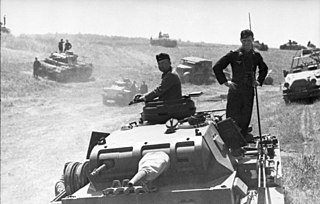
The 13th Panzer Division was a unit of the German Army during World War II, established in 1940.

The 3rd Infantry Division was an infantry division of the German Army that fought in World War II. The division was established under the cover name Wehrgauleitung Frankfurt in 1934 by expanding the 3rd Division of the Reichswehr. It was redesignated Kommandant von Frankfurt shortly afterward, and took on its bona fide name when the formation of the Wehrmacht was announced in October 1935. In March 1939 the division took part in the invasion and occupation of Czechoslovakia.

The German 5th Infantry Division was formed in October 1934 and mobilized on 25 August 1939. The division's troops were garrisoned in Konstanz, Ulm, and Freiburg. When formed, the division consisted of the 1st, 2nd, and 3rd battalions of the 14th, 56th, and 75th Infantry Regiments, the 1st, 2nd, and 3rd Battalions of the 5th Artillery Regiment, the 1st battalion of the 41st Artillery Regiment, and assorted 5th Division support units.
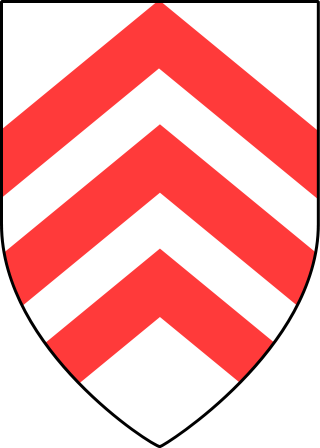
The 6th Infantry Division was a unit of the German Army during World War II.

The 26th Infantry Division was a pre-World War II German Infantry Division of the 1st mobilisation wave. It was mobilised for World War II on September 26, 1939, disbanded on September 10, 1944, near Radom and reformed as the 26th Volksgrenadier Division on September 17, 1944, near Poznań by absorption of the new 582nd Volksgrenadier Division of the 32nd mobilisation wave. Remnants of the Division entered U.S. captivity in the Harz region in 1945.

The 121st Infantry Division was a German Wehrmacht division in World War II. It was a part of the German XXVIII Army Corps. In September 1941 the formation, on arriving in Pavlovsk, Saint Petersburg; engaged in the siege of Leningrad. By October 1941 it was down to 40% of its authorized strength and 3 infantry battalions had to be disbanded due to high casualties. In 1944 it was involved in the retreat from Leningrad through the Baltic states wherein it fought in the Battle of Pskov. It remained in the Courland pocket until the end of the war.

The 83rd Infantry Division,, was a German reserve and security formation during World War II.

The 76th Infantry Division was created on 26 August 1939 together with the 23rd Infantry Division in Potsdam.

The 45th Infantry Division was an infantry division of the army of Nazi Germany during World War II. Towards the end of the war, the division was reassembled into a second iteration, the 45th Volksgrenadier Division

The 30th Infantry Division of the Wehrmacht was created on 1 October 1936 in Lübeck and mobilized on 26 August 1939 for the upcoming invasion of Poland. At that time, it consisted of the usual German infantry division elements: three infantry regiments of three battalions each, one three-battalion regiment of light artillery, one battalion of heavy artillery, a panzerjager (anti-tank) battalion, an aufklärungs (reconnaissance) battalion, a signals battalion, a pioneer (engineer) battalion, and divisional supply, medical, and administrative units.
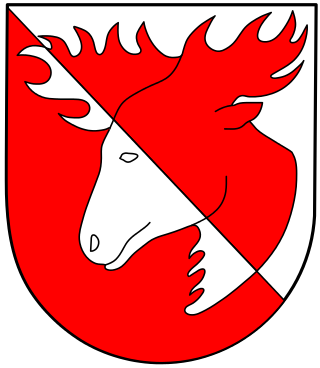
The 11th Infantry Division was an infantry division of the Wehrmacht that was initially founded as a cover formation during the Reichswehr era. It was active from 1934 to 1945.

The 15th Infantry Division was an infantry division of the German Army during the interwar period and World War II, active from 1934 to 1945.

The 34th Infantry Division,, was a German military unit that fought in the Battle of France and on the Eastern Front during World War II. The division was first formed following the expansion of the army under Adolf Hitler's leadership, but finally disbanded following their surrender to the Americans in Italy.
II Army Corps was a corps in the German Army during World War II.

The 126th Infantry Division was a German division in World War II. It was formed on 18 October 1940 in Sennelager.

The 50th Infantry Division was a German division in World War II. It was formed on 26 August 1939 from the Grenzkommandantur Küstrin.

The 81st Infantry Division was an infantry division of the German Army during World War II. It was active from 1939 until 1945 and served primarily on the Eastern Front.
The 290th Infantry Division was a German infantry division in World War II. It was formed in the Munster Training Area in Wehrkreis X on 6 February 1940 and surrendered to Soviet forces at the end of the war as part of Army Group Courland.

